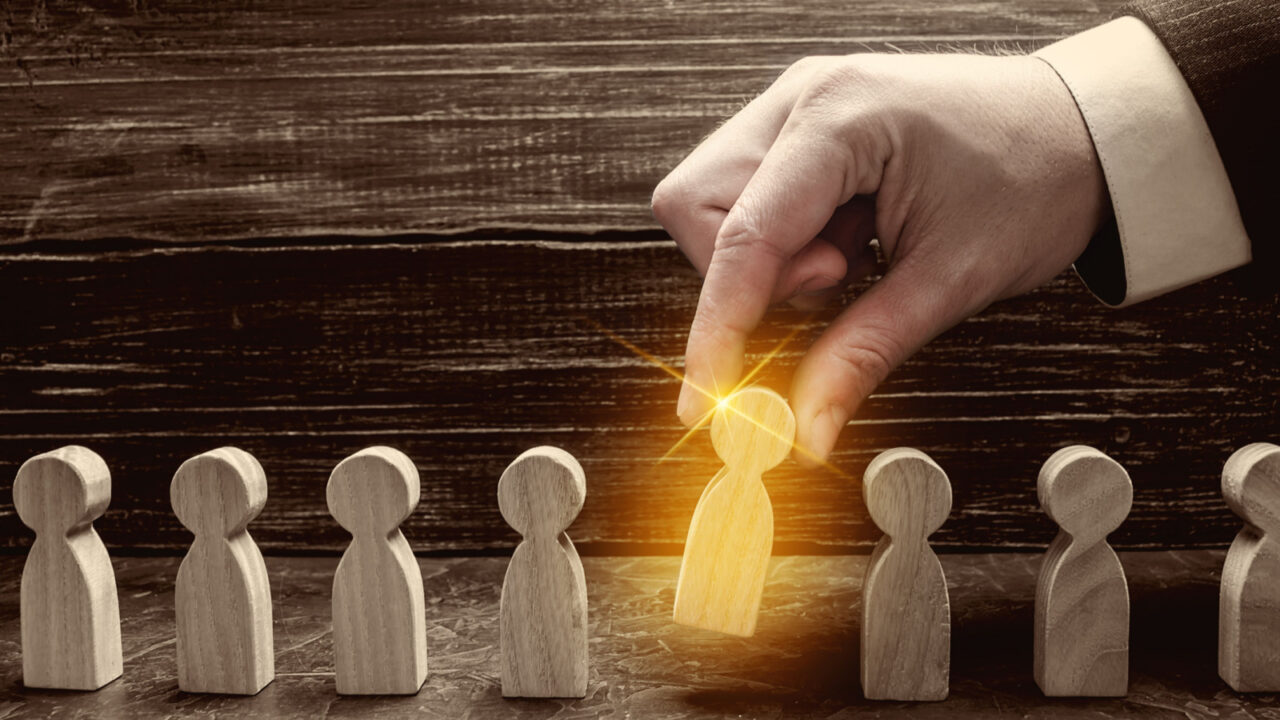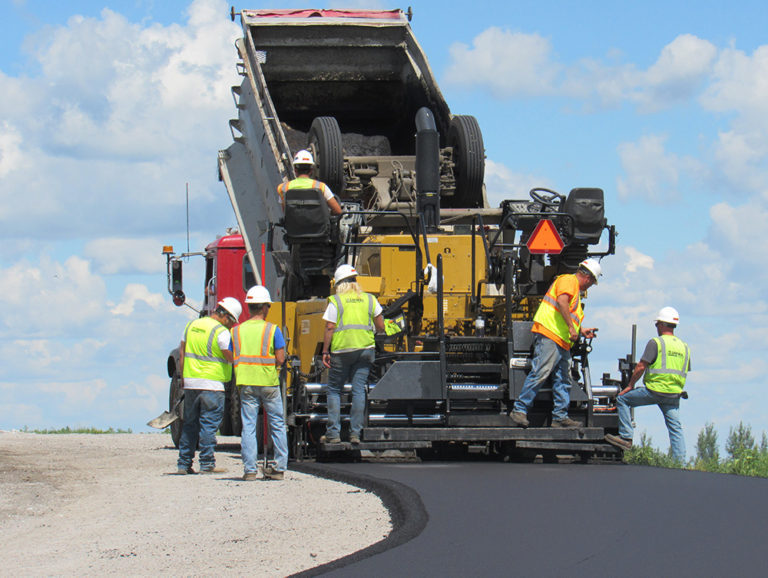It’s no secret that construction doesn’t have the best track record when it comes to mental health. Most alarmingly, according to the Centers for Disease Control and Prevention, the industry has a suicide rate nearly five times the national average—nearly 50 per 100,000 workers—and the second-highest rate of all major industries, at more than 5,000 per year.
But there’s good news: Resources and programs for promoting mental health and wellness in the construction industry have proliferated recently. Since the pandemic, which stressed and strained workforces across industries, mental-health accommodations and approaches have evolved rapidly, with many construction companies now implementing those accommodations and approaches, incorporating them into not only their jobsites and offices but their entire organizational culture.
Those resources might include text-based support for individual employees; toolbox talks on mental health and wellness for large groups; employee task forces and leadership groups; regular check-ins with fellow employees and employers; mandated breaks to stretch, hydrate, eat or rest on the jobsite; bringing food trucks to the jobsite to provide nourishment and fun; and conducting awards and recognition programs to boost morale.
These are all real-life examples from employees, experts and leaders in the construction and/or mental-wellness sectors whom Construction Executive interviewed for this article. During those interviews, there were two unanimous opinions regarding mental health and wellness in construction: First, change has to come from a shift in employee, company and industry culture. And second, the overall outlook for mental health and wellness in the construction industry is bright.
How bright? These five thought leaders have an idea.
HOW CAN MENTAL HEALTH IN CONSTRUCTION BE IMPROVED?
Ismet Dalipi, regional safety manager, Americas, for Unispace, a global workplace design and construction firm, is the child of immigrant parents. Dalipi has always worked in construction, starting in the field and climbing the ladder to his current position of leadership; he draws on his field experience every day to engage and empathize with his teams and bolster a culture of wellness:
This was not a topic even five years ago. This is the difficulty, because it does take time to move forward. There are a lot of [strict] mindsets in a male-dominated industry; a lot of workers are embarrassed to go out there and share their feelings. This is something I know that when I’m on a project and having these conversations, I come from a different approach and let them know it is okay to share, to let me know they are having a bad day.
Shawna Guevara is managing director of Landmark Structural Builders, headquartered in Dallas. She uses her leadership role to advocate for and encourage the use of modern mental health and wellbeing solutions:
One key aspect is to create an environment of open communication and support, where employees feel comfortable discussing their mental health without fear of judgement. Education and awareness programs can help destigmatize mental-health issues, encouraging individuals to seek help when needed.
Additionally, implementing employee assistance programs [EAPs] can provide confidential counseling services and support for our employees. Embracing flexible work arrangements, promoting work-life balance and providing resources for stress management are equally vital. As leaders, it is crucial to set an example by prioritizing our own mental wellbeing and advocating for a heathier work environment.
Les Hiscoe, CEO of Shawmut Design and Construction, has overhauled much of his company’s wellness model since moving into his position in 2015. He ushered in an entire culture of wellbeing, echoing the prior shift in the culture of physical safety in construction:
In 2016, we started focusing on total worker health: physical and mental safety. There were years where our chief safety officer continued to bring up the notion of mental health. Then we said, we have to do more of this.
The overall strategy for the firm is what I call the culture of care—showing more that we care about the people at Shawmut. And if we care more about those people, they’ll feel great being here, and them feeling their best selves will shine through to our clients.
Josh Liss, founder of Counslr, started his text-based support app just before the pandemic began. Founded with the sole mission of reaching the traditionally unreachable, Counslr works with schools, organizations, companies and construction crews nationwide:
One of the biggest issues a lot of organizations are facing—and this is not exclusive to construction, but companies in general—is the majority of people who need help just don’t seek it. There is such a stigma around mental health, and that has gotten better since we started [Counslr] in 2019, but it is nowhere near where it needs to be. We see that just because employees aren’t reaching out [to their employers] doesn’t mean they aren’t dealing with problems.
Laura Putnam, founder and CEO of Motion Infusion and author of “Workplace Wellness That Works,” is also a former collegiate gymnast—and therefore no stranger to the struggles of mental health and wellness. She uses her experience to advocate for the implementation of wellbeing practices in the workplace:
First and foremost, [construction companies] have to look at this more from a systemic perspective. Several decades ago, there was a shift around safety—that we cannot treat it as just an individual issue and simply get people to follow the rules. We needed to look at it as a culture issue and create a culture of safety.
We have to look at wellbeing as a culture issue, too. This is where leaders play such an important role, not just top leaders, but the frontline leaders are even more important. They make that human-to-human connection and need to think about every single moment they interact with people they serve and how to lift them up to feel valued, how to treat them as human beings.
WHAT STRATEGIES AND METHODS ARE CONSIDERED OUTDATED, AND WHICH ARE MORE RELEVANT AND EFFECTIVE FOR CONSTRUCTION TODAY?
Dalipi: It is easy to sit in an office and send out emails, but my approach is, you need to be out in the field. Having walked thousands upon thousands of projects myself, I know you really have to be engaged and wear your heart on your sleeve. These are the tactics I’ve incorporated into my professional life. When we hold weekly safety meetings, it is an opportunity for the team itself to jump in. Someone told me my meetings were completely different than others we hold, because in my meetings everyone has a voice. And it is not just a toolbox talk or monthly meeting—I am also constantly on the phone with the folks.
Guevara: Modern practices have emerged, embracing open conversations about metal health, promoting mental-health training and reframing language to reduce stigma. Companies now invest in EAPs and external resources, provide comprehensive wellness programs and offer flexible work policies. These tactics create a supportive work environment that prioritizes mental health and wellbeing and contributes to a safer and more productive workforce.
Hiscoe: We pulled all our groups of field workers together in big training sessions and took our weekly toolbox talks—for my entire career, those talks have all been about physical safety, fall protection, etc. and never about mental health and psychological safety—and focused at least one of them a month purely on mental health and psychological safety. We are equipped with Narcan, we talk about suicide and substance abuse, opening up and physical fatigue. We offer resources, mental-health benefits, helplines, wellbeing webinars, EAPs.
What is also new this year is, we came out of our Safety Week kickoff meeting—featuring a keynote speaker who talked about suicide and mental-health issues—wanting to start a mental-health and wellness leadership group in the company. Now we have 50 people in that group who will be identifying programs and initiatives.
Liss: Nothing is truly out of date. We always say to our organizations that [Counslr is] not a replacement for traditional therapy, that different things work for different people. What is outdated is assuming only traditional therapy is the only way to get them the help that they need. It is better to meet someone where they are to get them the support they need to reach out.
Putnam: Bells and whistles like these apps are really not going to solve the problem. Organizations have to be willing to do the work to uncover the root causes of rising employee burnout and stress—precursors to depression, anxiety and suicide. When the larger issues are the systems at play, like work overload, toxicity, unfairness, lack of communication between manager and team members, high pressure, those need to be tackled head on. Focus more on the whole environment and less on the individuals.
DID COVID CHANGE HOW YOU APPROACH MENTAL HEALTH AND WELLNESS IN THE WORKPLACE?
Dalipi: The pandemic gave us a chance to see each other as a family unit. We were reaching out to the CDC, to third parties to make sure we were going about it correctly. We wanted everyone to feel safe coming back to the studios. The workers would pull me aside and ask to leave early or come in later, and those conversations were being had in the field, and that is what got us through the pandemic to where we are now. We are more agile, stronger, more in tune to what is going on out in the field, and that has helped us with our clients as well, embracing that culture of change.
Guevara: We recognized the increased stress and anxiety our workers might be experiencing and immediately took active measures to support them. We implemented flexible work arrangements to accommodate personal and family needs, providing our employees the necessary space and time to adapt during the pandemic. It has taught us the importance of adaptability and empathy, and we are committed to sustaining these changes.
Hiscoe: We already had a pretty developed flexible work system, particularly on the office side, and the real embracing of more Zoom calls and mass trainings via webinar has allowed us to enhance getting awareness training material out to people more broadly. I can’t think of anything we’ve stopped doing since COVID started. It really accelerated and brought focus to us saying we have to do even more.
Liss: The pandemic completely legitimized an already legitimate space. There was already data around the efficacy of digital mental-health-support solutions, but being able to provide a more accessible resource was crucial during the pandemic. Now, after the fact, we are still in a place where people appreciate the remote nature of digital mental-health-support solutions. The more diverse set of support options you can provide, the better off you are and the better the culture of your organization will be.
Putnam: Every single organization and their leaders have recognized that, as much as we lived by outdated notions of wellbeing, they no longer hold in this environment. These issues are so pressing they cannot be ignored. In industries like construction, that is even more the case. What I often see is that the industry with the highest levels of resistance to talking about [mental health] is the one that needs to have these conversations the most.
WHAT IS THE OUTLOOK FOR MENTAL-HEALTH PRACTICES IN CONSTRUCTION IN THE YEARS TO COME?
Dalipi: I’m a big guy—six-foot-five, 255 pounds. When I go to jobsites and people see me discussing mental health, they know that if I can talk about it, so can they. This is the exciting aspect of where we are that I am truly looking forward to.
Guevara: While there is still much to be done, I am hopeful about the future of mental-health practices in the industry. By continuously learning, adapting and collaborating, we can make a significant positive impact on the mental wellbeing of our workforce and set a standard for the entire construction industry to follow.
Hiscoe: What I see is there is a real move toward everyone in the industry trying to do more. What I worry about is that bigger companies are getting there more quickly and doing some great stuff. At the smaller companies, there is maybe less urgency, but on the other hand it is easier for them to be more connected. We have a way to go, but I think we are doing well.
Liss: We are speaking to folks in this space every single day who are realizing more and more the importance of fostering a mentally healthy workforce and a mentally resilient one. Organizations are hiring staff specifically focused on wellbeing, so I’m very optimistic, and I think organizations are recognizing and appreciating that mental health knows no boundaries.
Putnam: I am seeing that there is an awakening to this rising issue of mental health, and I am so proud to be working with these organizations. I am really heartened by the fact they are willing to have the conversation and put resources toward addressing these issues, which is a really positive first step.








